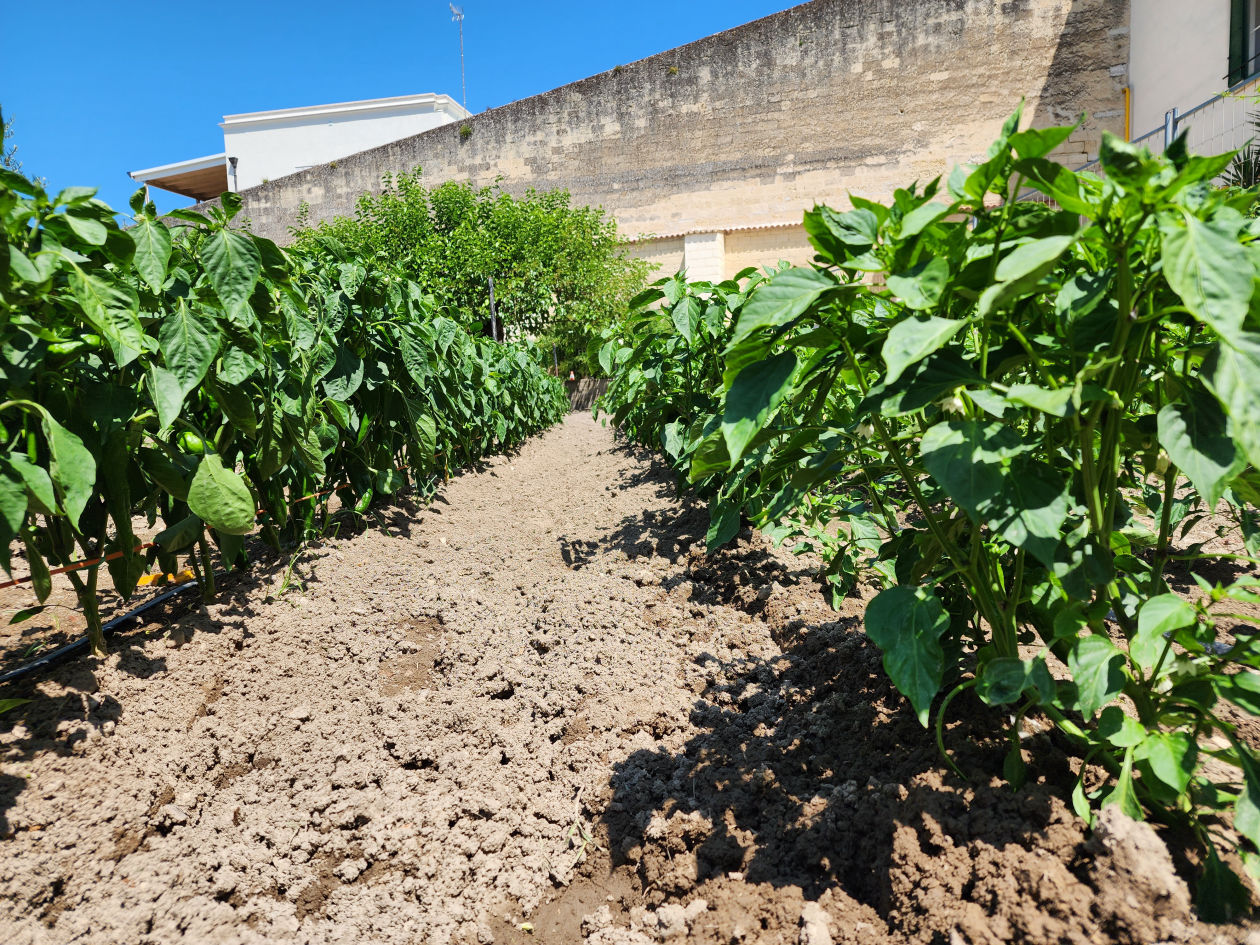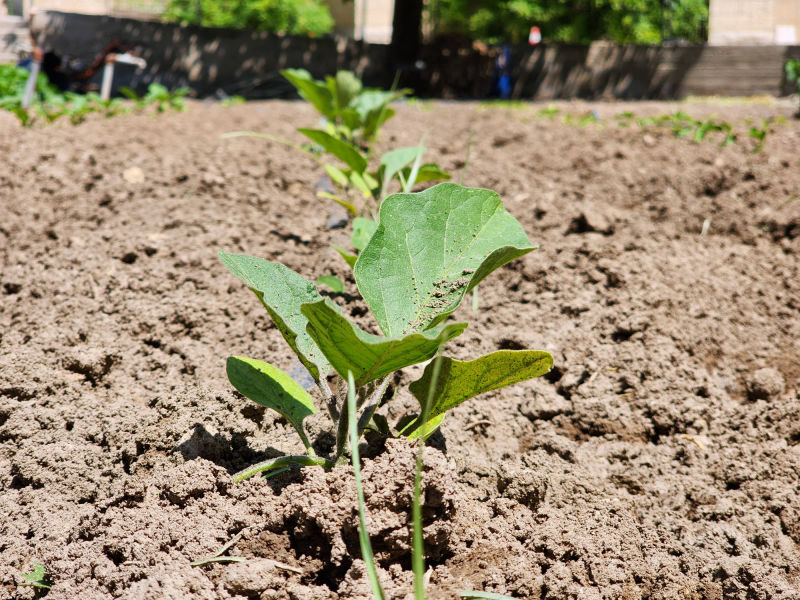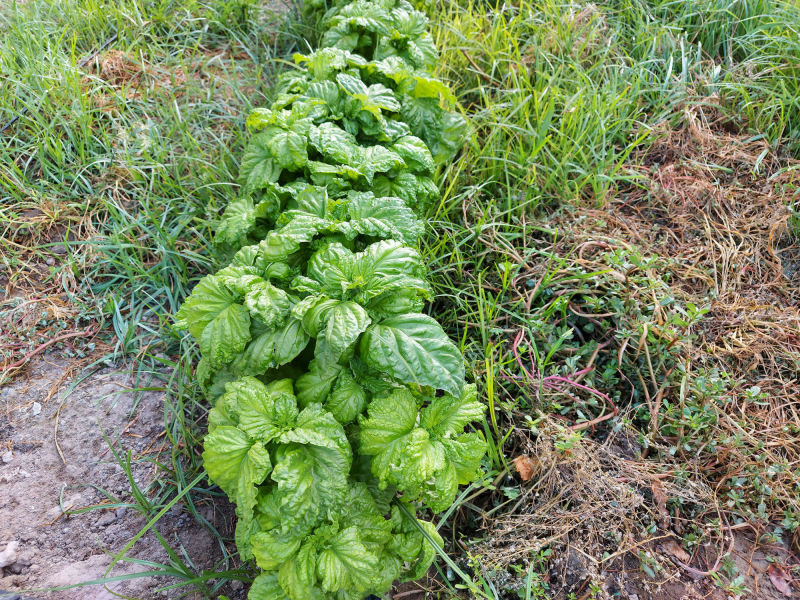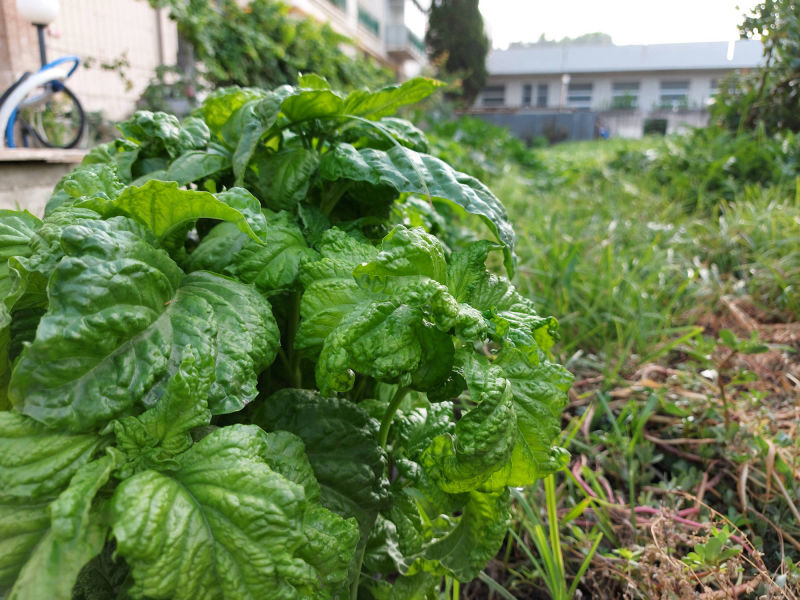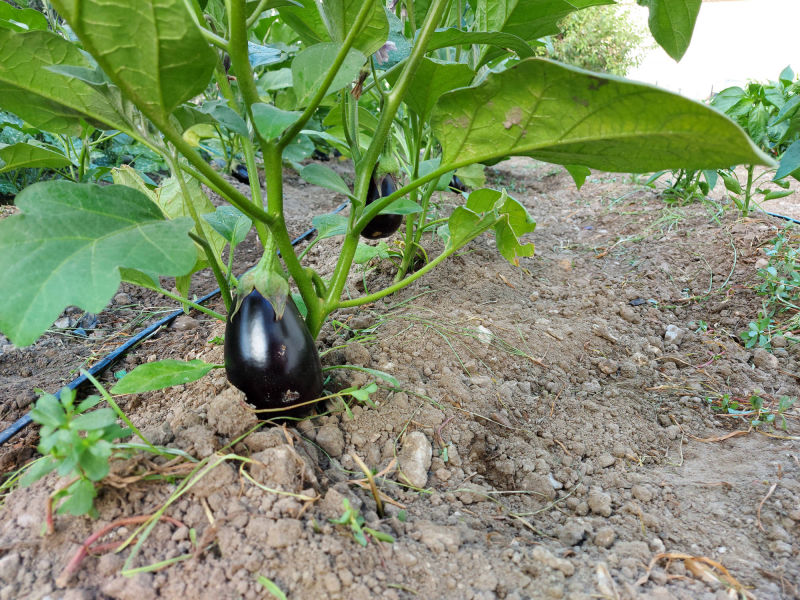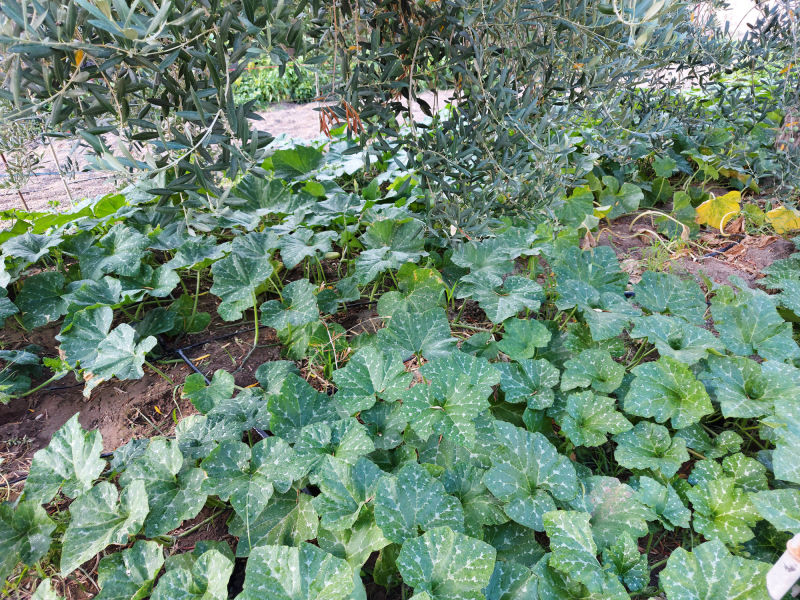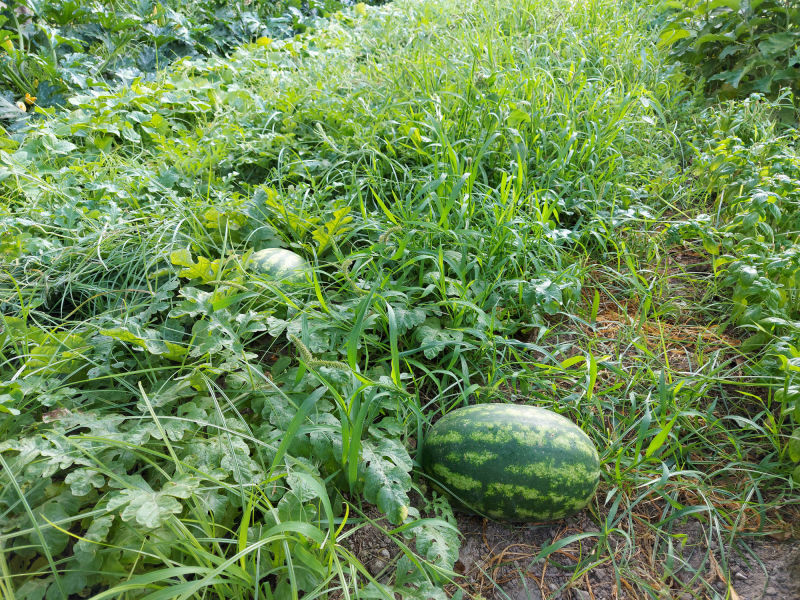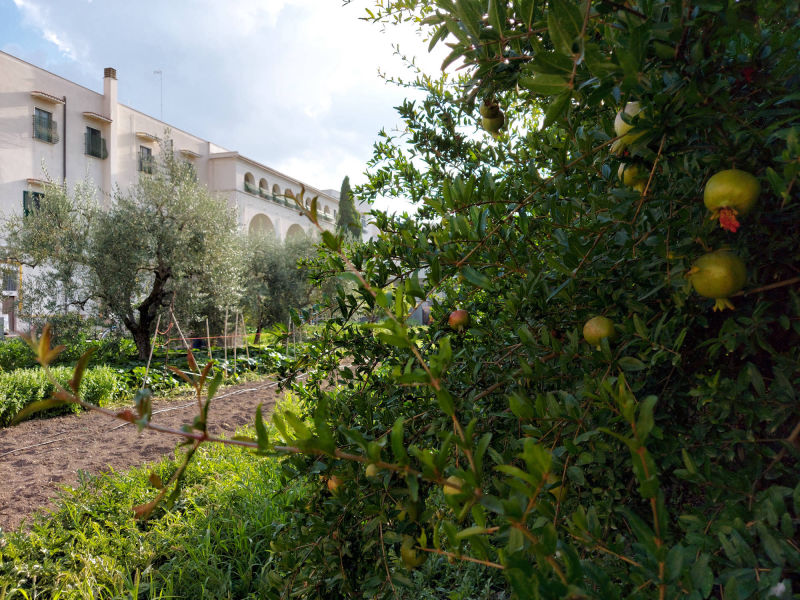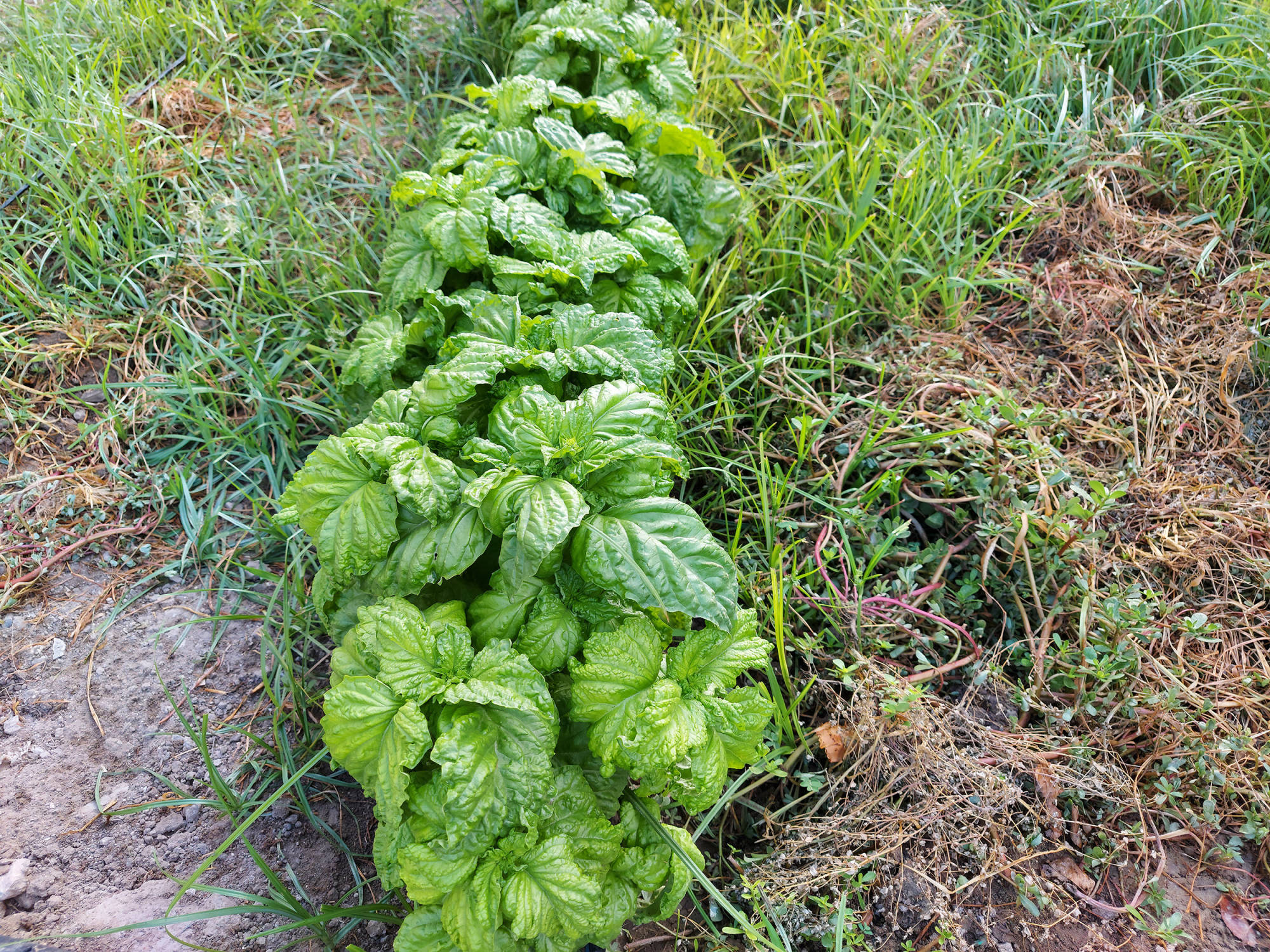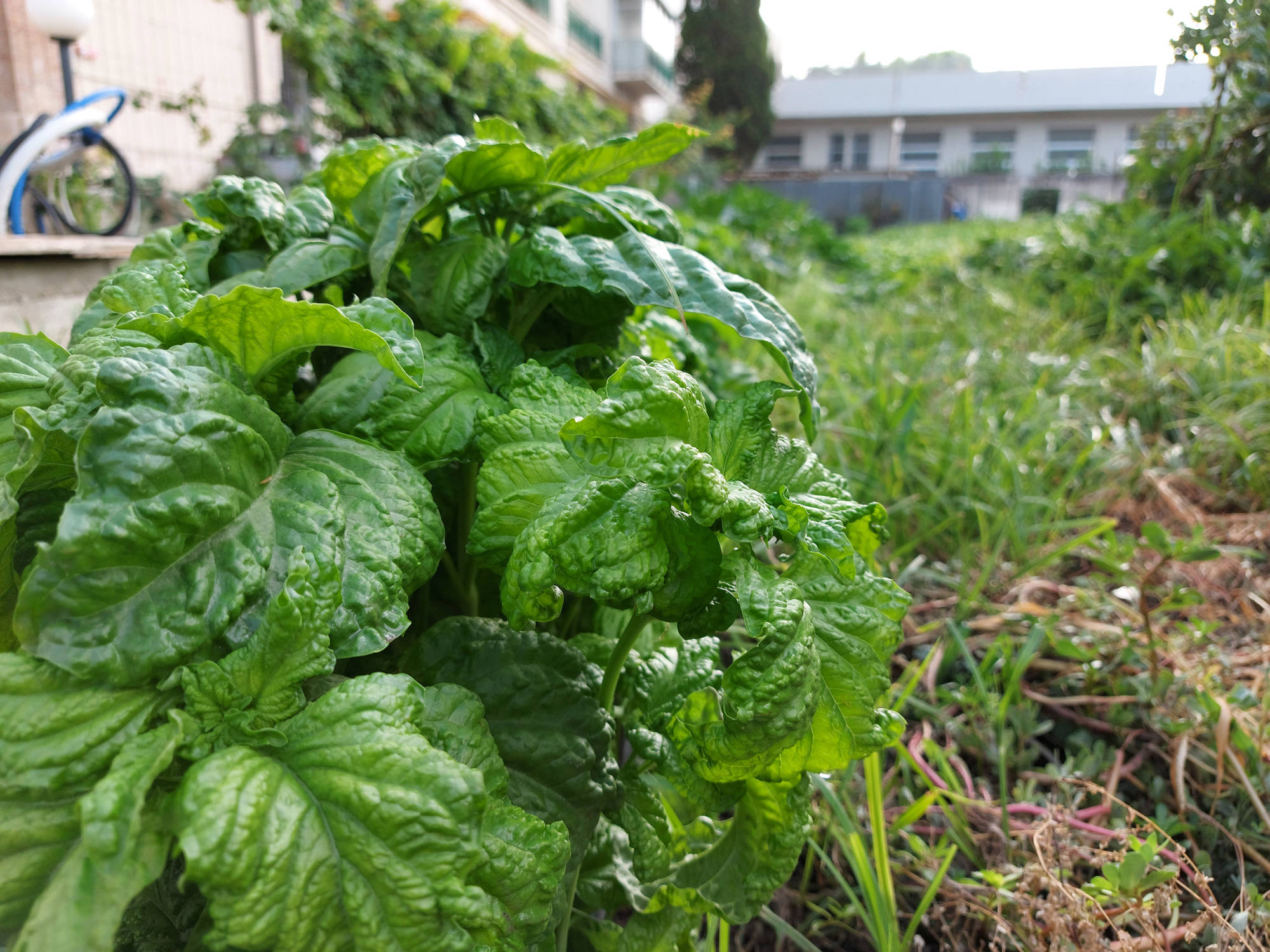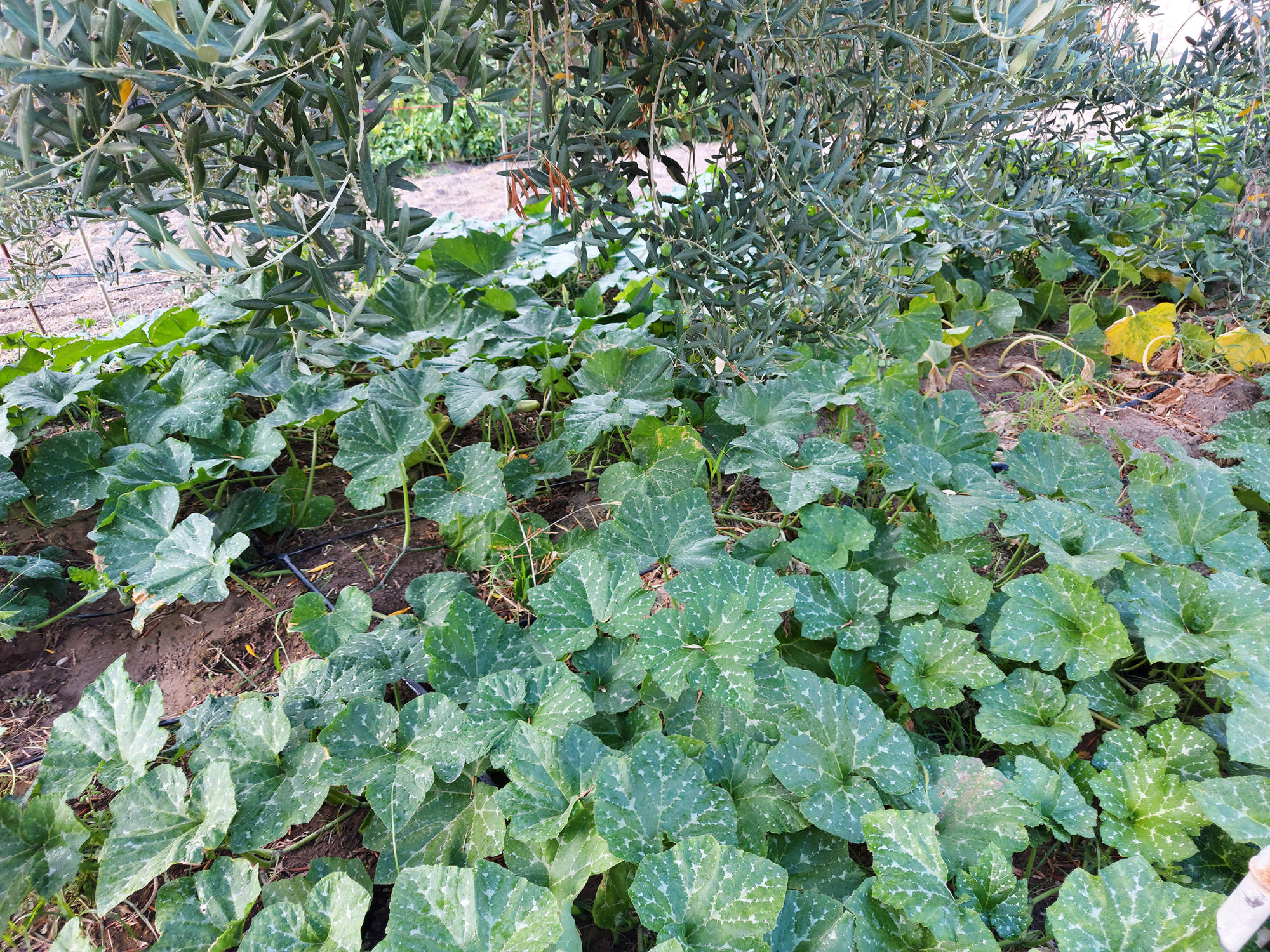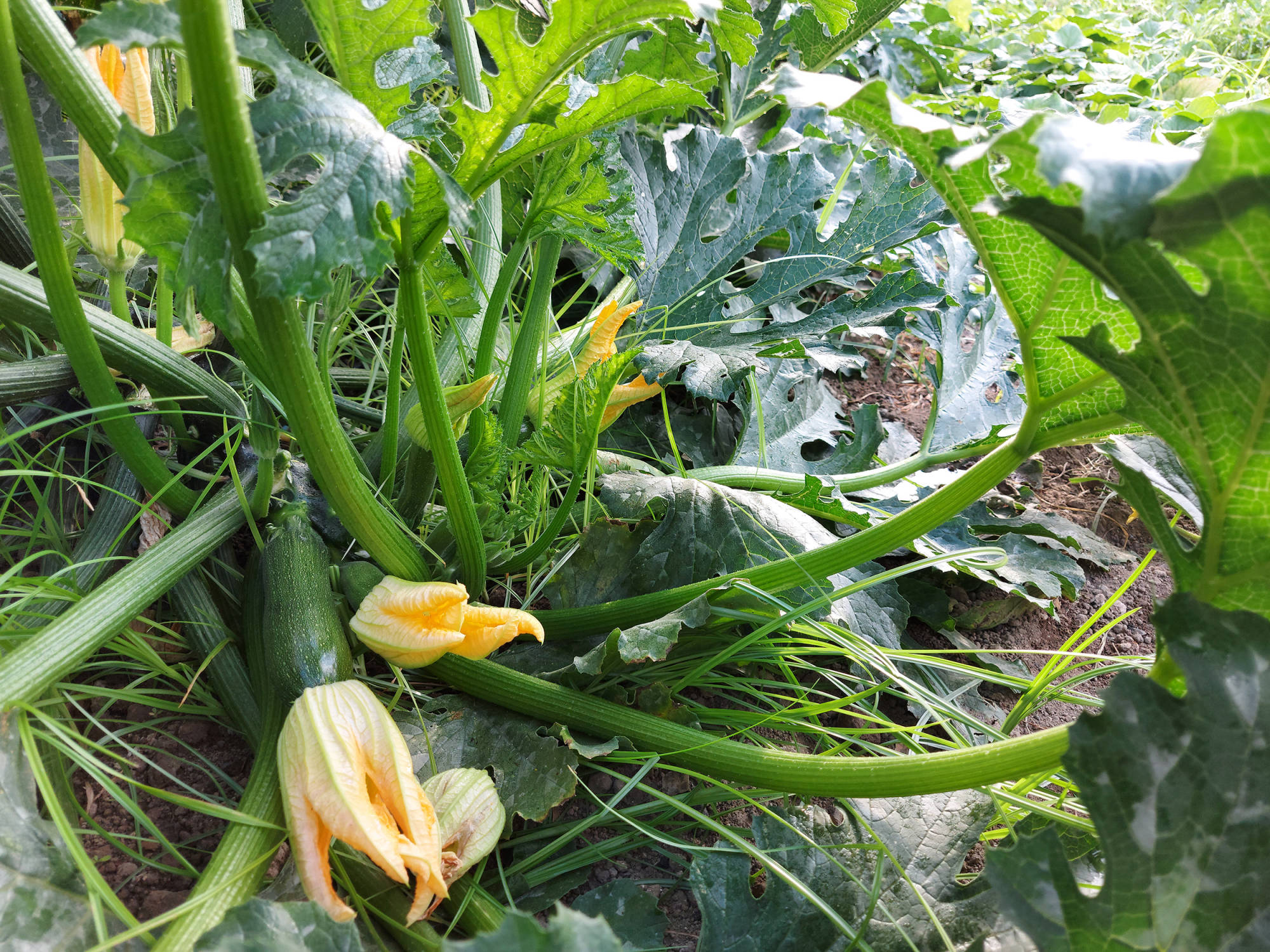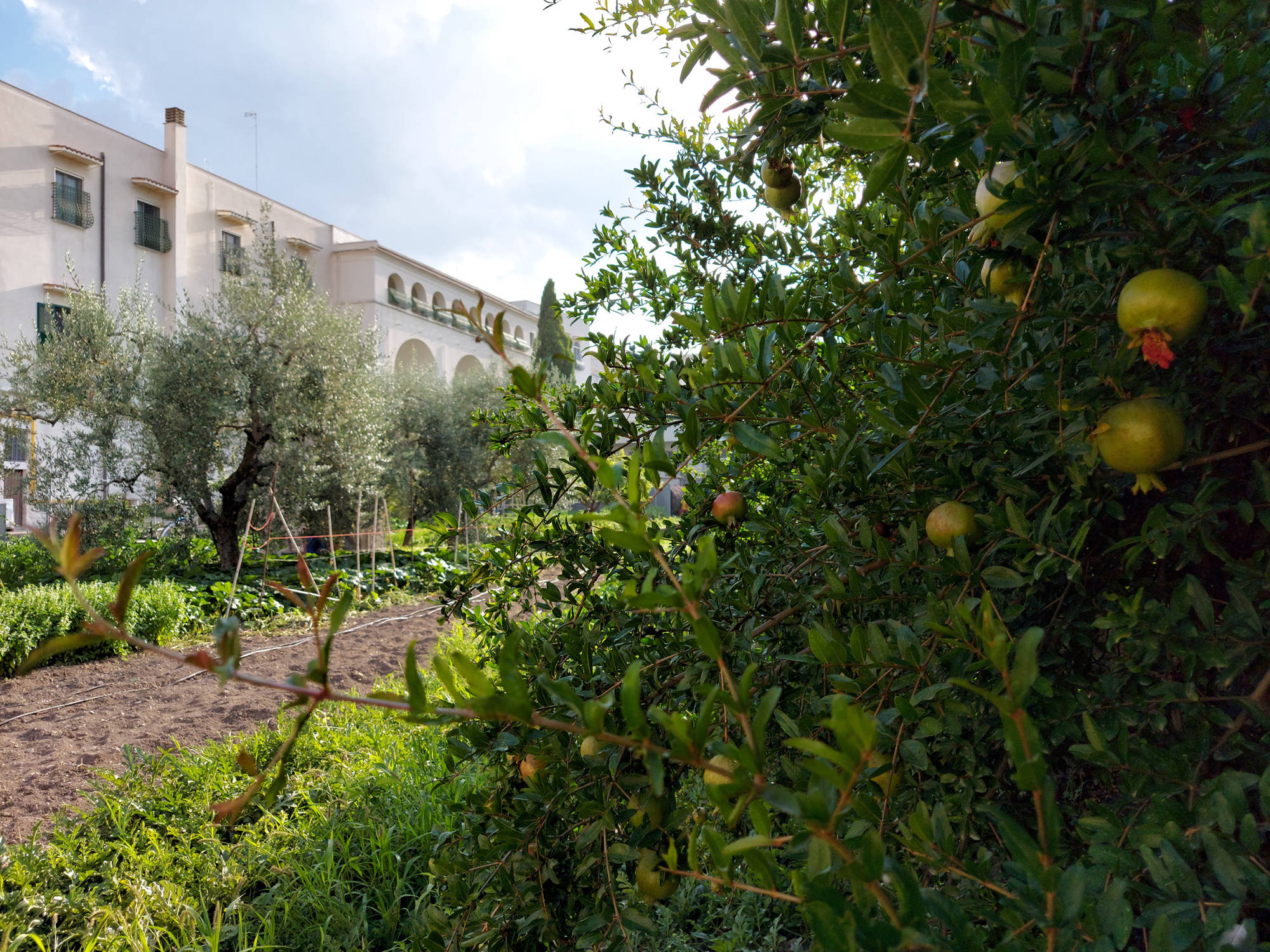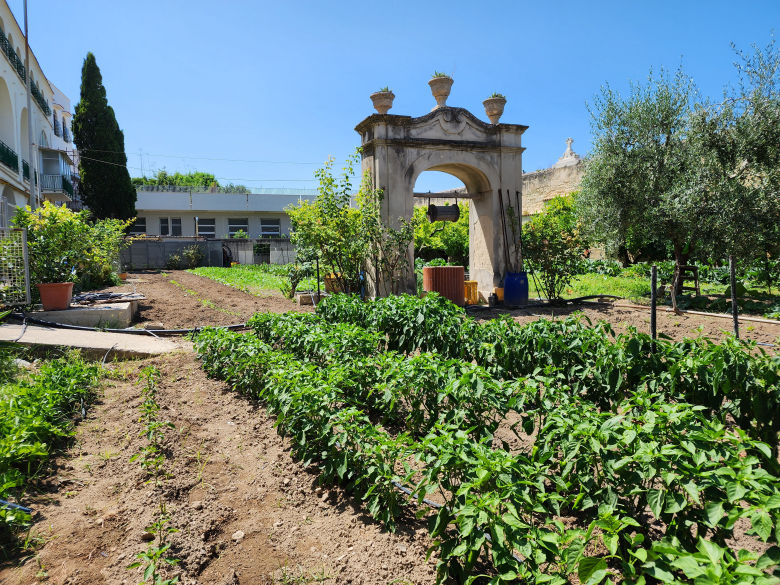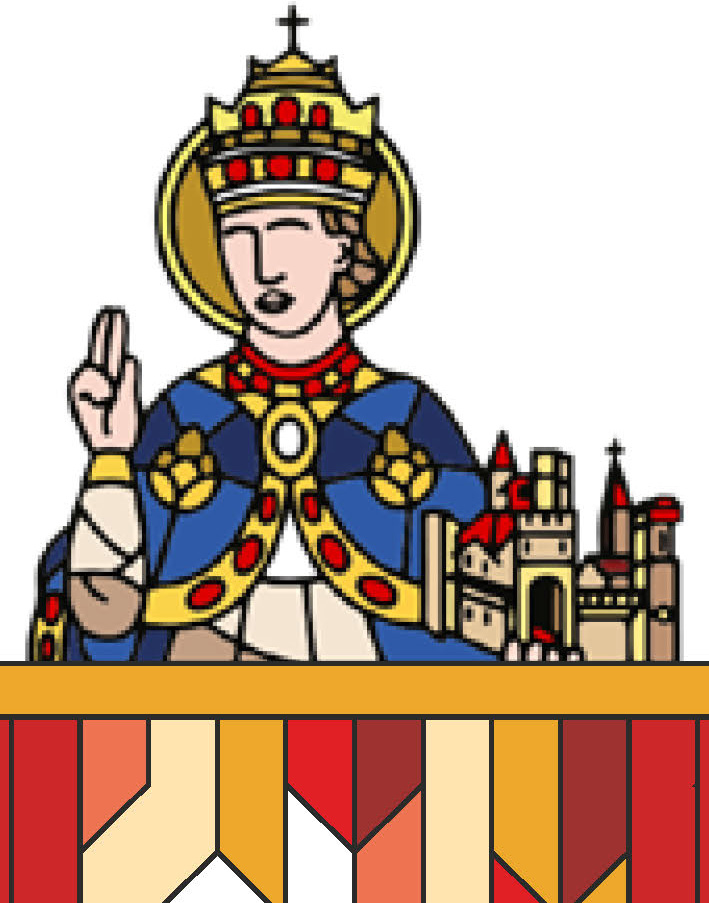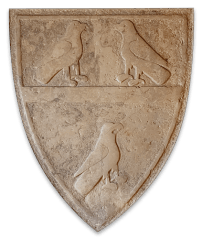work in the fields is fundamental for monastic life, in fact Saint Benedict writes in his Rule: "they will be true monks when they live from the work of their hands". The Monastic Community, with a little help, cultivates the garden for its own food needs but in creating the cultural hub it tried to offer an answer to the ever-growing demand, especially from families, for outdoor activities. The need to live experiences in contact with nature, usually sought away from the urban context, in this case will be satisfied in the heart of the historic city center, rediscovering the differences in the colors and scents of the seasons.
The work in the fields is effort, sweat, dedication, but also the rediscovery of creation, beauty, physicality, sharing, collaboration, "team" work, asceticism as an exercise in self-knowledge in the face of the wonder of creation.
